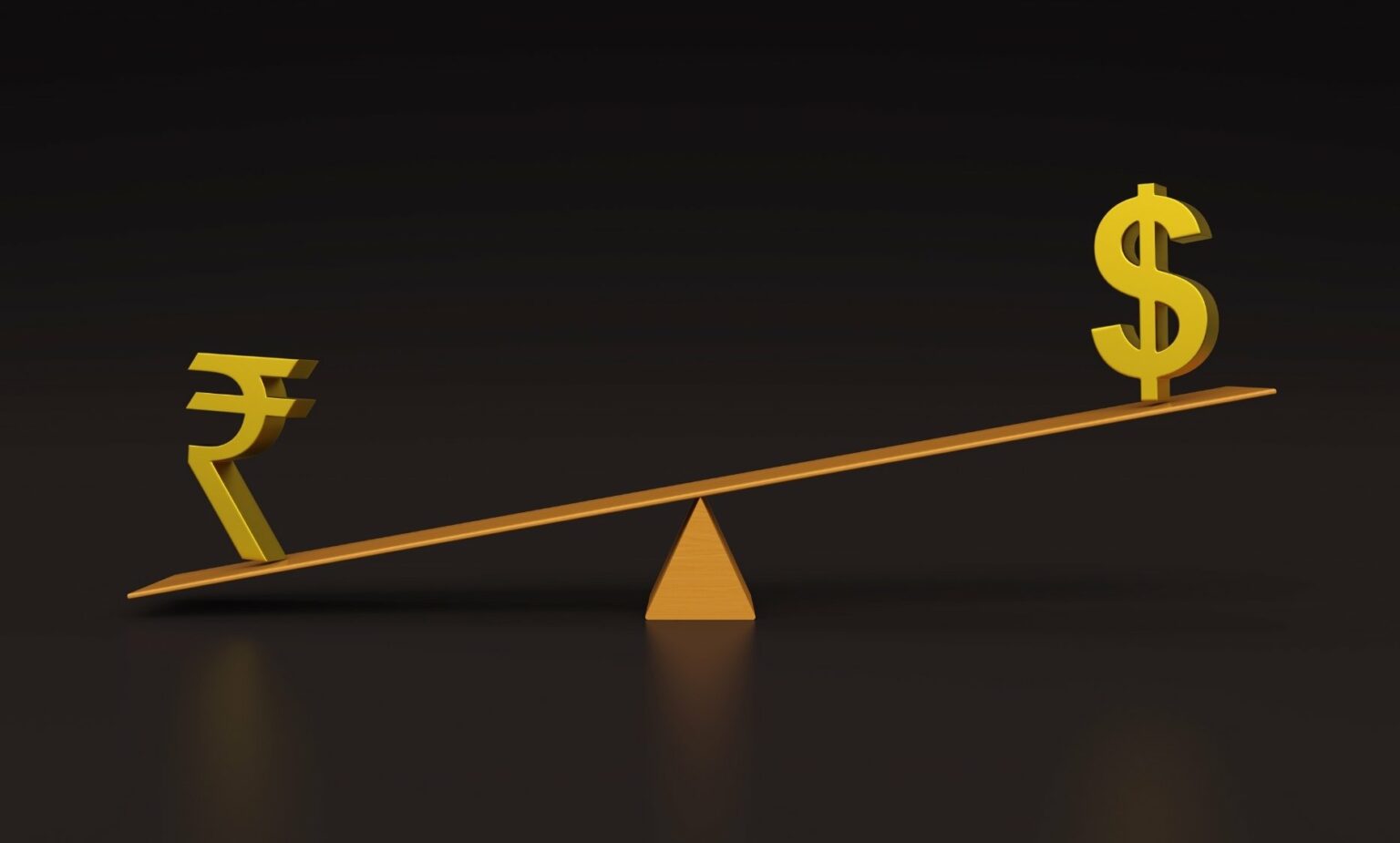For the past few weeks, the dollar has been on the rise which has resulted in the rupee reaching an all-time low of ₹79.65/$. For the first time in nearly 2 decades, the dollar has reached parity with the euro @ $1.00005/€
Dollar-Euro parity, the possibility of more central bank tightening, and concerns about the state of economies throughout the world worried investors, sending the euro to within a hair’s breadth of parity with the dollar on Tuesday. Stock markets also declined. While sterling reached another two-year low and the yen was not far from its lowest in more than two decades, the dollar index increased by 0.3% to a high of 108.56.
Key reasons for Dollar- Euro Parity
€ weakening:
- The euro zone’s economic outlook is likewise worsening as more people express concern over an impending recession.
- The effects of a persistent rise have made the euro particularly susceptible. The war in nearby Ukraine and the persistent impact of high natural gas costs on the local economy have made the euro particularly susceptible. Additionally, the European Central Bank has lagged behind its competitors in boosting interest rates.
- The biggest pipeline bringing Russian natural gas to Germany started yearly maintenance, and supplies are anticipated to cease for 10 days, adding to concerns about Europe’s rising energy costs.
- Investors are worried that the closure may last longer due to the conflict in Ukraine, severely limiting the supply of gas to Europe and sending the already fragile eurozone economy into recession.
Dollar Strengthening
- The surge of covid cases in China: Oil prices fell sharply on the strong dollar, as covid cases surged in China and people fear lockdowns around the corner again. This would reduce the demand for energy and thereby reduce the quantum of crude oil imports.
- High Inflation reading: Investors are keenly looking for hints on the result of the Federal Reserve’s forthcoming policy meeting. This week’s attention will be on macro data, notably Wednesday’s report on US consumer inflation, and remarks from Federal Reserve officials. A strong inflation report would put even more pressure on the Fed to accelerate the rate at which interest rates are raised
Consequences of the parity:
Invoicing for over half of the imported products into the eurozone is in dollars. For instance, the price of oil and gas, which are often paid for in dollars, has skyrocketed. This means that more euros are required to be paid for the equivalent amount of goods in dollars.
It will slow down European tourism to the United States. Because tourists from Europe will have to spend more money overall on their vacation to the United States as well as to other nations whose currencies are tied to the dollar, like Qatar or Jordan, since they will have to spend more money in euros to buy the same amount in dollars. Visitors from Qatar, Jordan.
The United States, however, gain from the exchange rate since their currencies now go a lot further in the eurozone.
According to Philippe Mutricy, research director at public-sector bank Bpifrance, “companies who export outside the euro region profit from the euro’s depreciation since their pricing become more competitive” when translated to dollars. Businesses that focus on imports, in contrast, are at a disadvantage.
Falling the euro might force the European Central Bank to increase interest rates more quickly by causing inflation. For the first time in 11 years, it is getting ready to raise borrowing prices in July. The difficulty of recovering control over inflation rises when the exchange rate drives up the price of imports, according to De Vijlder. “You can assume that the ECB wouldn’t react to the rise in commodity prices,” he added.













